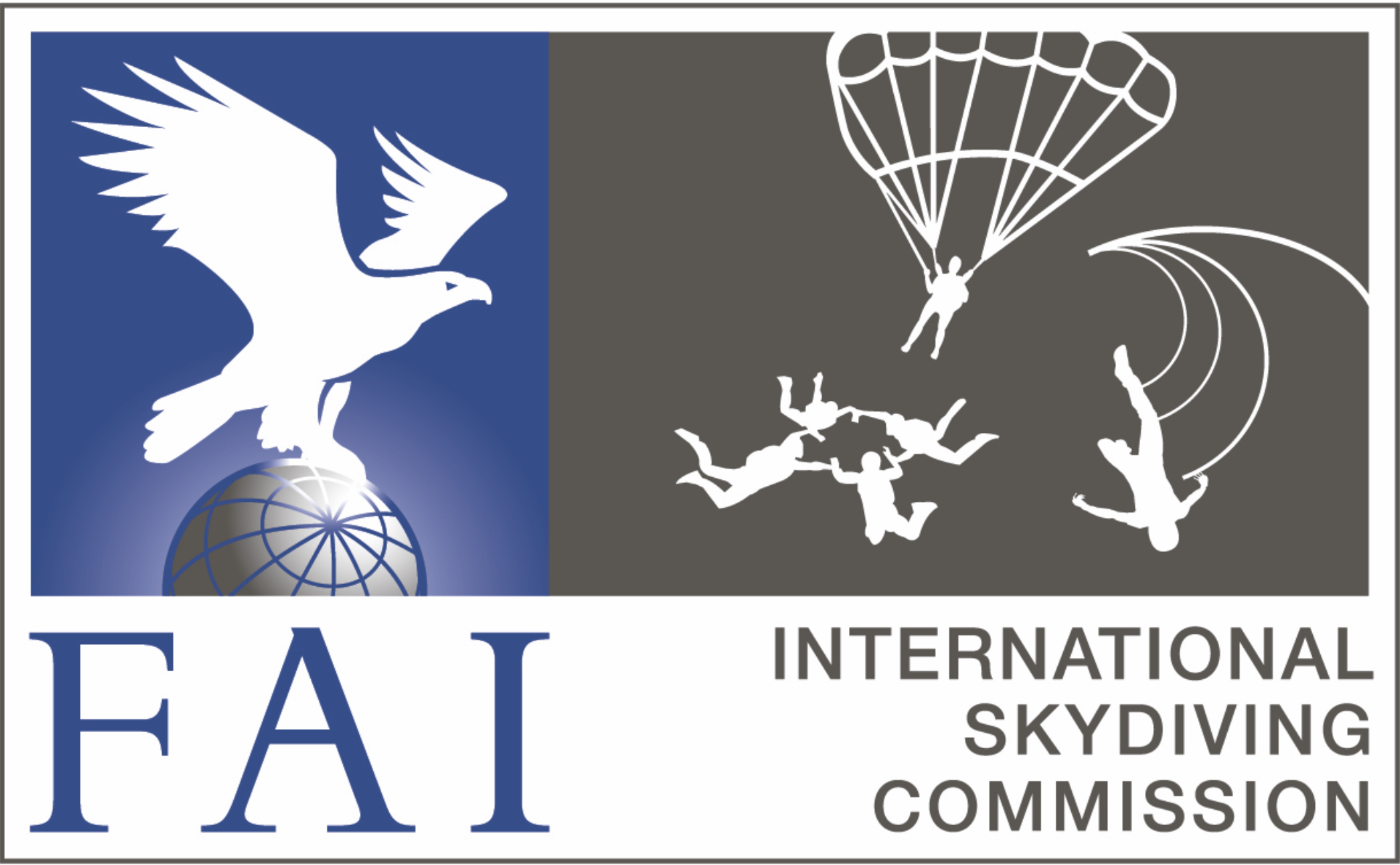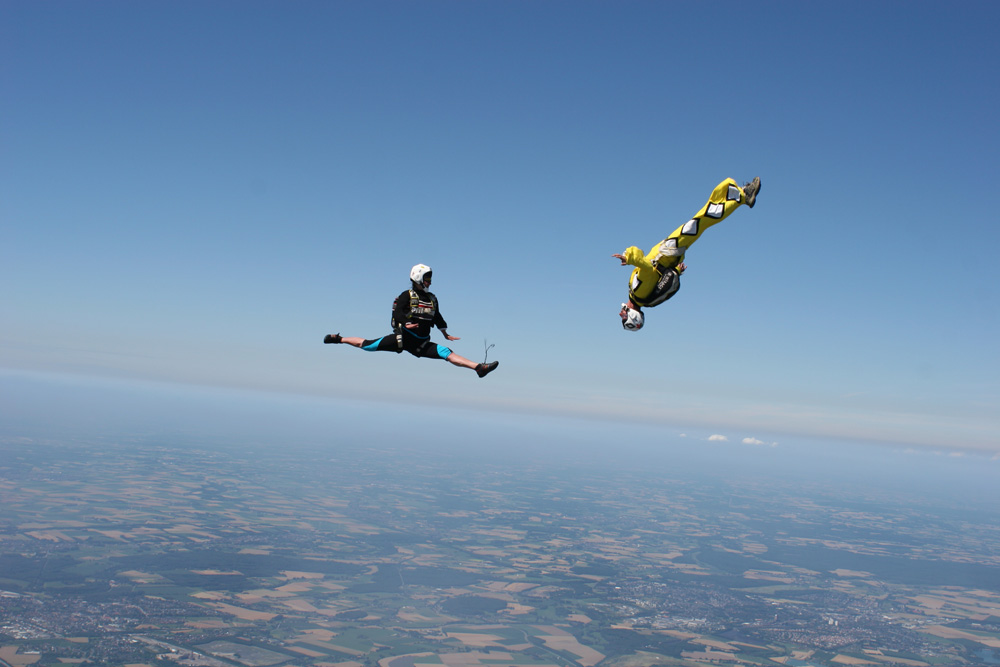
FAI Skydiving Commission (ISC)
Artistic Events

In the beginning of the nineties, some skydivers were experimenting with different freefall positions. These were based on manoeuvres taken from acrobatics and ice-skating. At approximately the same time, others were trying to jump with surfboards tied to their feet. Both activities captured the attention of the media and local organisations stepped in to organise competitions. The World Freestyle Federation created a set of competition rules and organised championships under their auspices.
In 1994, the FAI Skydivng Commission (ISC) established a working group in order to incorporate freestyle into their activities. This resulted, the following year, in the creation of the ISC committee for freestyle. Another year later, skysurfing was included. Rules were established by the ISC and the 1st World Cup and 1st World Championships of freestyle and skysurfing were held in Efes, Turkey, in 1996 and 1997 respectively.
 Freeflying is the latest artistic event and the only one that incorporates all dimensional axes during the freefall part of a parachute jump. First tried by Olav Zipser he soon found that many people wanted to do the same he did: to be able to control your body and enjoy the sky in all possible positions. The most popular position though is the so called "head-down" position. Jumpers fall with their head towards the earth, seeing the whole world upside down.
Freeflying is the latest artistic event and the only one that incorporates all dimensional axes during the freefall part of a parachute jump. First tried by Olav Zipser he soon found that many people wanted to do the same he did: to be able to control your body and enjoy the sky in all possible positions. The most popular position though is the so called "head-down" position. Jumpers fall with their head towards the earth, seeing the whole world upside down.
Needless to say, this is more difficult than it sounds as the most relaxed freefall position puts you on your belly. Soon after freeflying was invented, people started to compete. Several formats were tried by various organisers. After some years freeflying was incorporated into the ISC in the committee which by had now changed its name to "artistic events". With freeflying on the rise, skysurfing on a competition scale diminished and was retired in 2009. On the other hand, a World record category for biggest head-down freefall formation had already been established.
Artistic Events consist of a series of compulsory and free routines performed during 7 skydives. Teams consist of 1 or 2 performers and a cameraflyer. The freefall images of the cameraflyer are used for judging the performances. All two events show a wide variety of skills, using axes in all three dimensions. Judging criteria are separated in technical and presentation items.
Top teams are currently trainin full time and making more than 1000 jumps a year, plus lots of hours in windtunnels. This high dedication and quality results in extremely spectacular freefall footage. All this footage is gathered by ISC competitions on hard disk and is available to the media.
